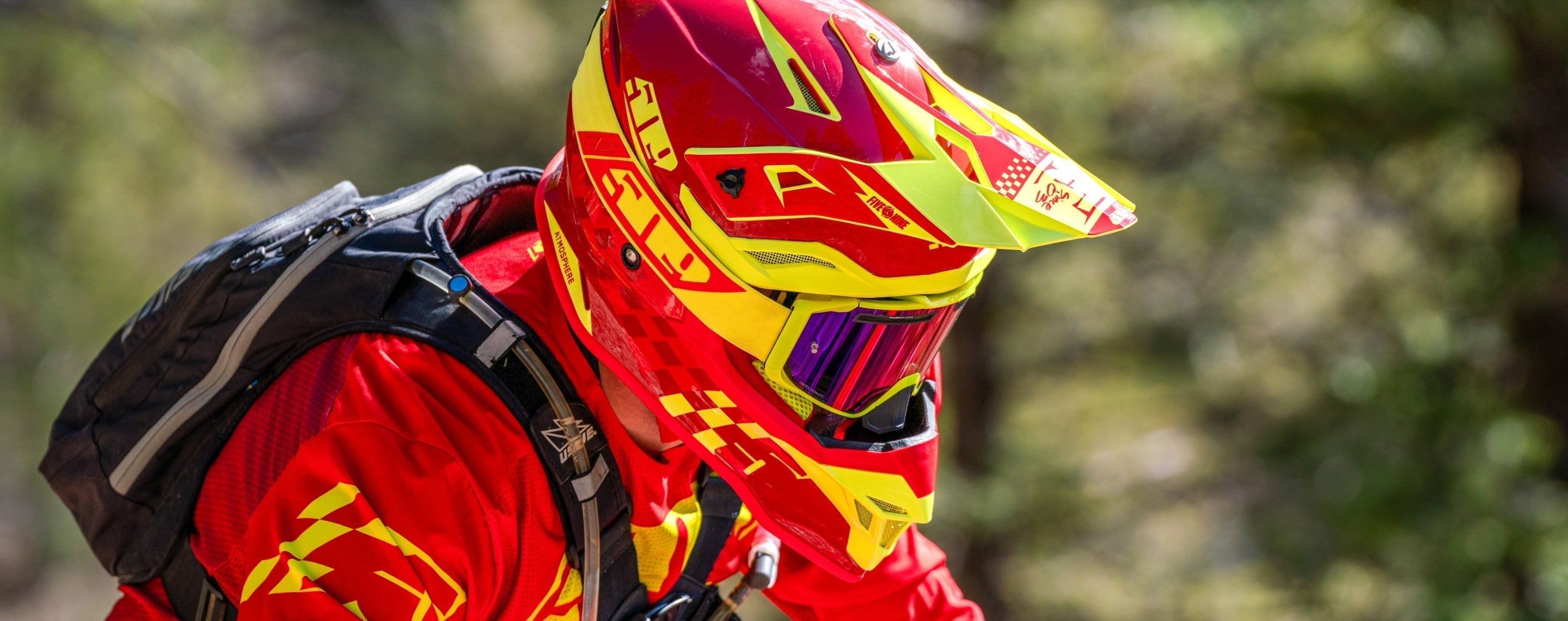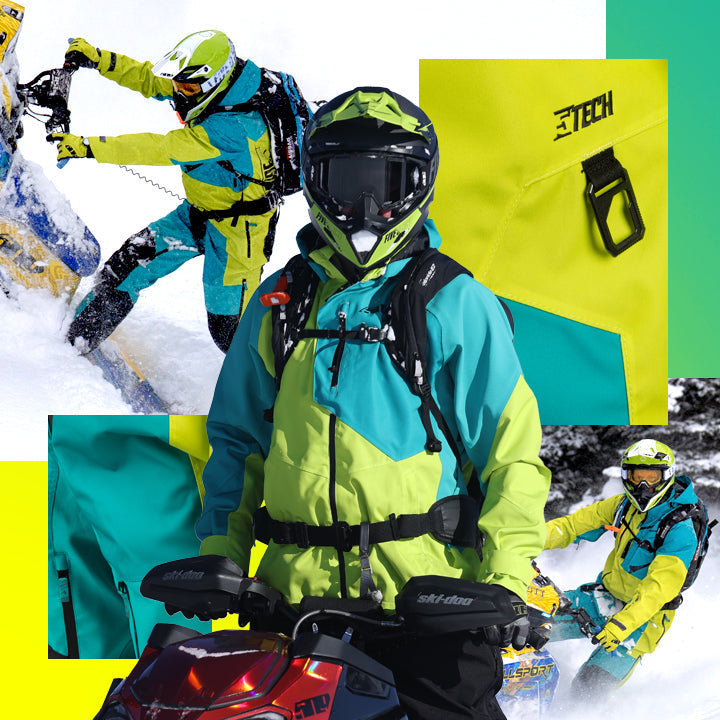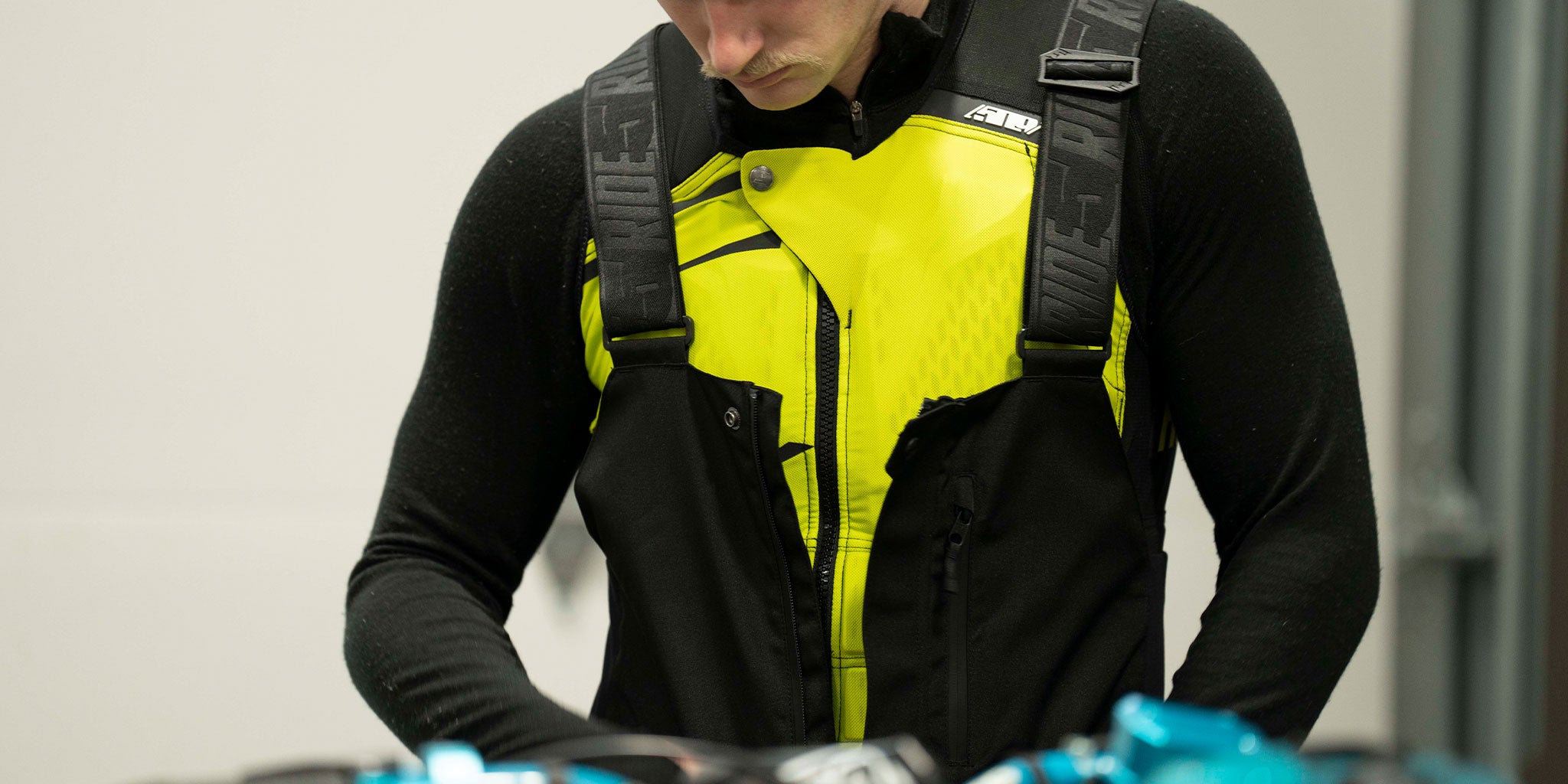
I Crashed, How Can I Tell if My Helmet Needs to be Replaced?
As a rider, experiencing the thrill of snowmobiling, dirt biking, or riding a street bike is an exhilarating adventure. However, accidents are an unfortunate reality in these high-speed, adrenaline-pumping activities. When you crash, the impact on your helmet can be substantial, raising concerns about its structural integrity and ability to provide the necessary protection for future rides. Understanding the signs of helmet damage after a crash is crucial for ensuring your safety and making informed decisions about helmet replacement.
Any significant impact can compromise the structural integrity of a helmet, potentially rendering it unsafe for use. Whether you're snowmobiling through challenging terrains, tackling rugged off-road trails on a dirt bike, or cruising on a street bike alongside other vehicles, the risk of accidents is present in all these activities. When your helmet absorbs an impact, the Expanded Polystyrene (EPS) lining inside can become crushed or deformed, reducing its ability to absorb subsequent impacts effectively. Additionally, the outer shell of the helmet may develop cracks or fractures, further compromising its protective capabilities.
In the interest of rider safety, it is crucial to address helmet damage immediately after a crash. Continuing to use a compromised helmet can put you at risk of serious head injuries, as the helmet may no longer be capable of providing the necessary protection during future rides. The unpredictable nature of snowmobiling terrains, the ruggedness of dirt bike trails, and the potential for collisions while riding a street bike all underline the importance of a fully functional helmet for safeguarding your head during your exhilarating adventures.
If you've experienced a crash and are unsure about your helmet's condition, it is best to err on the side of caution and have it thoroughly inspected by professionals. Many helmet manufacturers, including 509, advise riders to have their helmets checked by the manufacturer or authorized dealers after any significant impact. These experts can assess the helmet's internal and external condition, looking for signs of damage such as crushed EPS or cracks in the shell. Based on their evaluation, they will be able to determine if the helmet is still safe to use or if it requires replacement.
It's important to note that helmets damaged due to crashes are generally not covered under warranty. Warranty policies typically exclude damages resulting from accidents, as well as misuse or improper care. Therefore, riders should not rely on warranty coverage for helmet replacement after a crash.
In conclusion, the condition of your helmet after a crash is a matter of utmost importance for your safety in snowmobiling, dirt biking, and street biking. Any significant impact can compromise the helmet's protective capabilities, making it unsafe for future use. To ensure your well-being and peace of mind, have your helmet inspected by professionals immediately after a crash. By promptly addressing helmet damage and opting for replacement when necessary, you can continue to enjoy your thrilling rides with the confidence that your helmet remains a reliable guardian against potential accidents.



